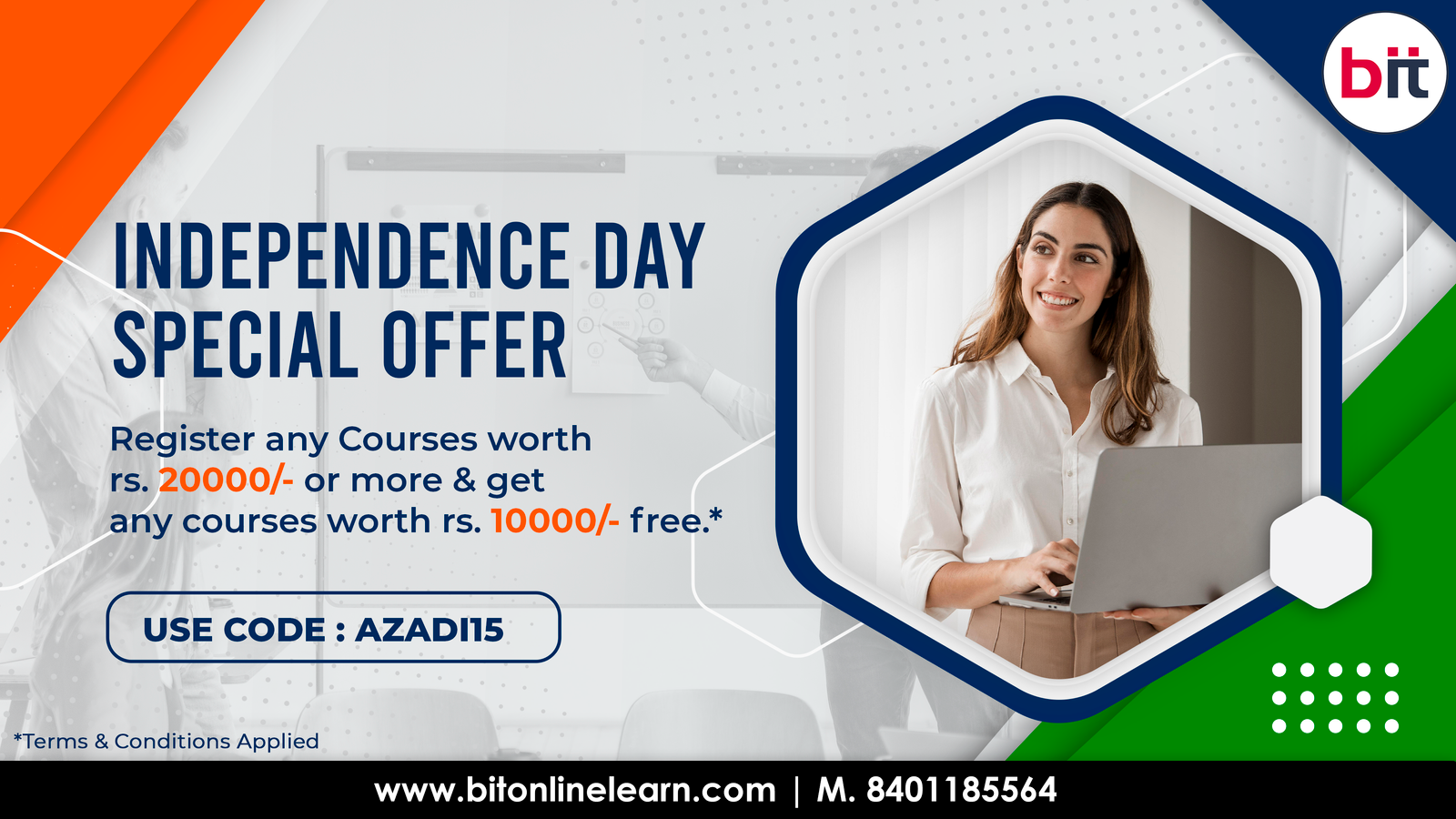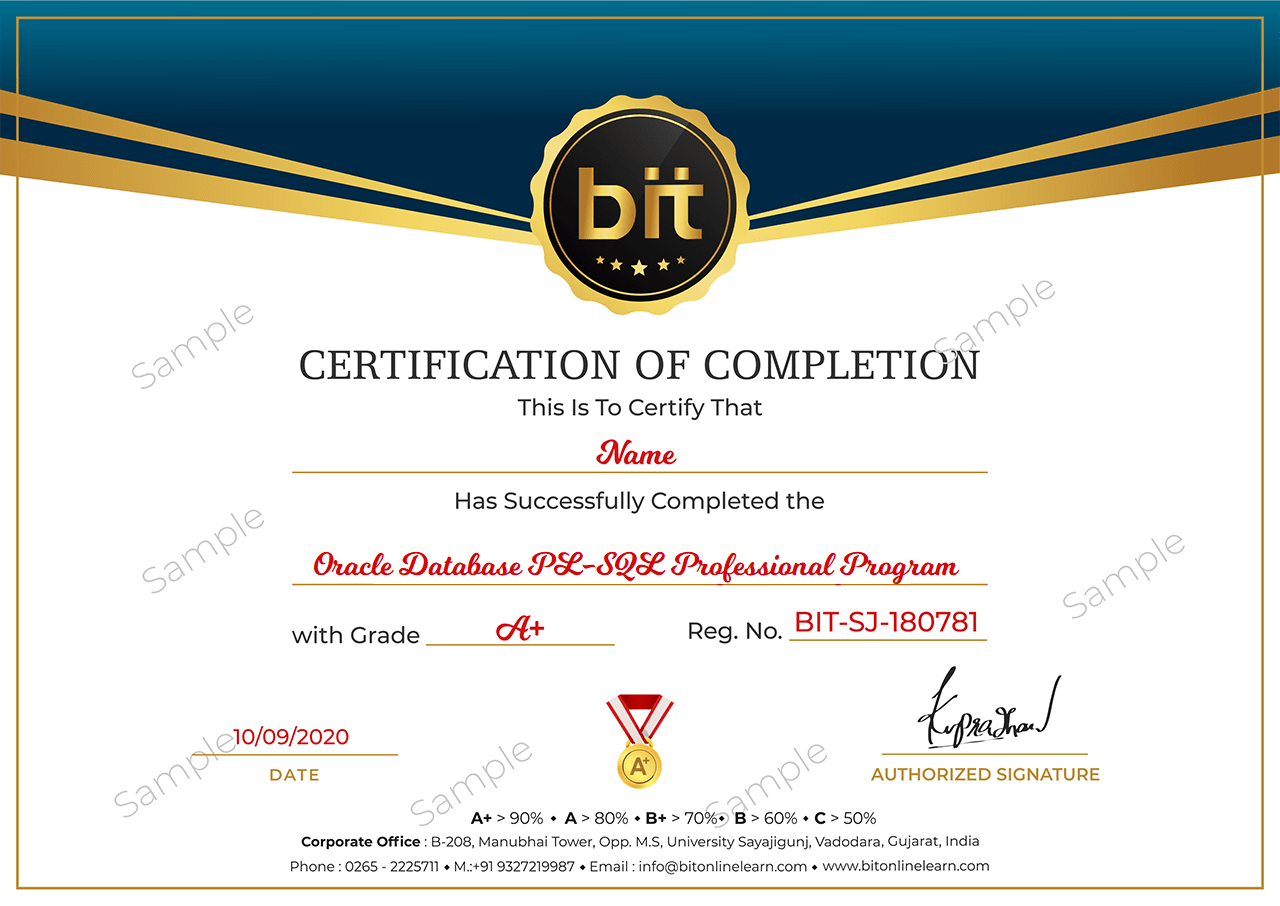· What is RDBMS?
· Oracle versions
· The architecture of Oracle Database Server
· Installation of Oracle 12c
· Install Oracle 12c


Oracle Database – Introduction to SQL Certification is an entry-level course from Oracle for professionals who want to understand the fundamental concepts of SQL and PL/SQL programming language concepts. Attending this course Oracle Database – Introduction to SQL course, participants will also, gain knowledge on writing subqueries and combine multiple queries on a database with hands-on lab exercises.
The Oracle PL/SQL is a high-performance transaction processing language that is deployed regardless of the Operating System and front-end tools used. It basically works on the server and you can program it for complex business logic and rules to get the desired output. This PL SQL Bootcamp Training gives you the desired technical know-how to learn PL SQL and work on challenging industry requirements. You can apply for highly desirable jobs upon completion of this PL SQL certification training.
The Oracle Database Certification Online Training is to ensure both professionals and enterprises have a clear understanding of optimizing database workloads and to lower costs of IT services by utilizing database storage on the cloud and hybrid environment. Validate your skills and showcase commitment to your profession by earning a foundational Oracle Database certification. Achieve an industry-acknowledged standard through Oracle certification training for gaining fundamental knowledge of SQL and Database architecture and other related techniques in an enterprise.

Copyright Bitonlinelearn © 2021. All Rights Reserved | Design and Developed By BITINFOTECH